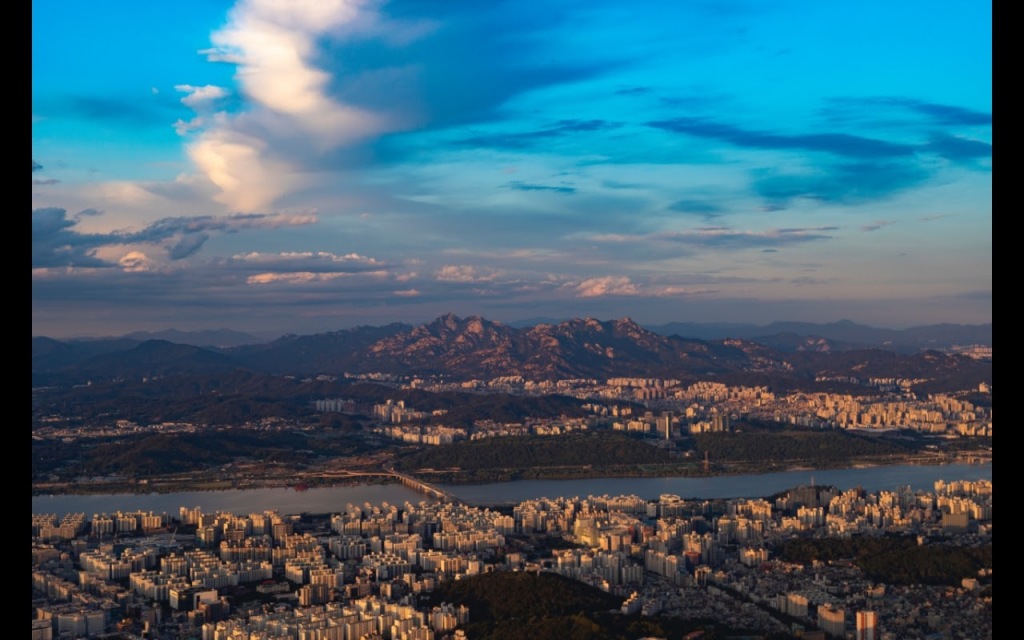Teaching in Korea
-
Spending Winter in Seoul…
I spent the winter of 1997/’98 in Seoul. I hadn’t known anything about Korean weather at…
-
Men and women…
For a long time, I have wanted to write about what I noticed in regard to…
-
Different Food…”Culture Shock”
I remember hearing about the term “culture shock” soon after I arrived in Korea. Well, I…
-
Namdaemun, Seolnal in 1998:
Namdaemun Market…. Soon after my arrival in Seoul in 1997, the Korean people told me about…
-
Seoul in 1997…Chogyesa, Odusan
Chogyesa Temple… Five blocks southeast of the North Gate was a temple called Chogyesa. It was…
-

At First….Garak Market
I didn’t know anything. I knew nothing about Korea. Perhaps that was best. Here I was…
